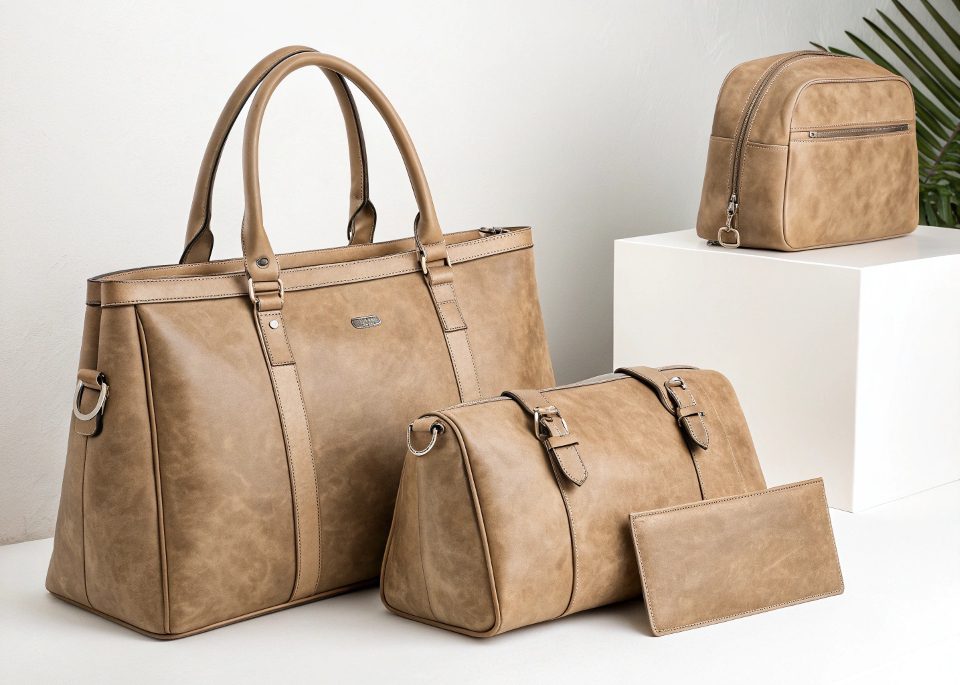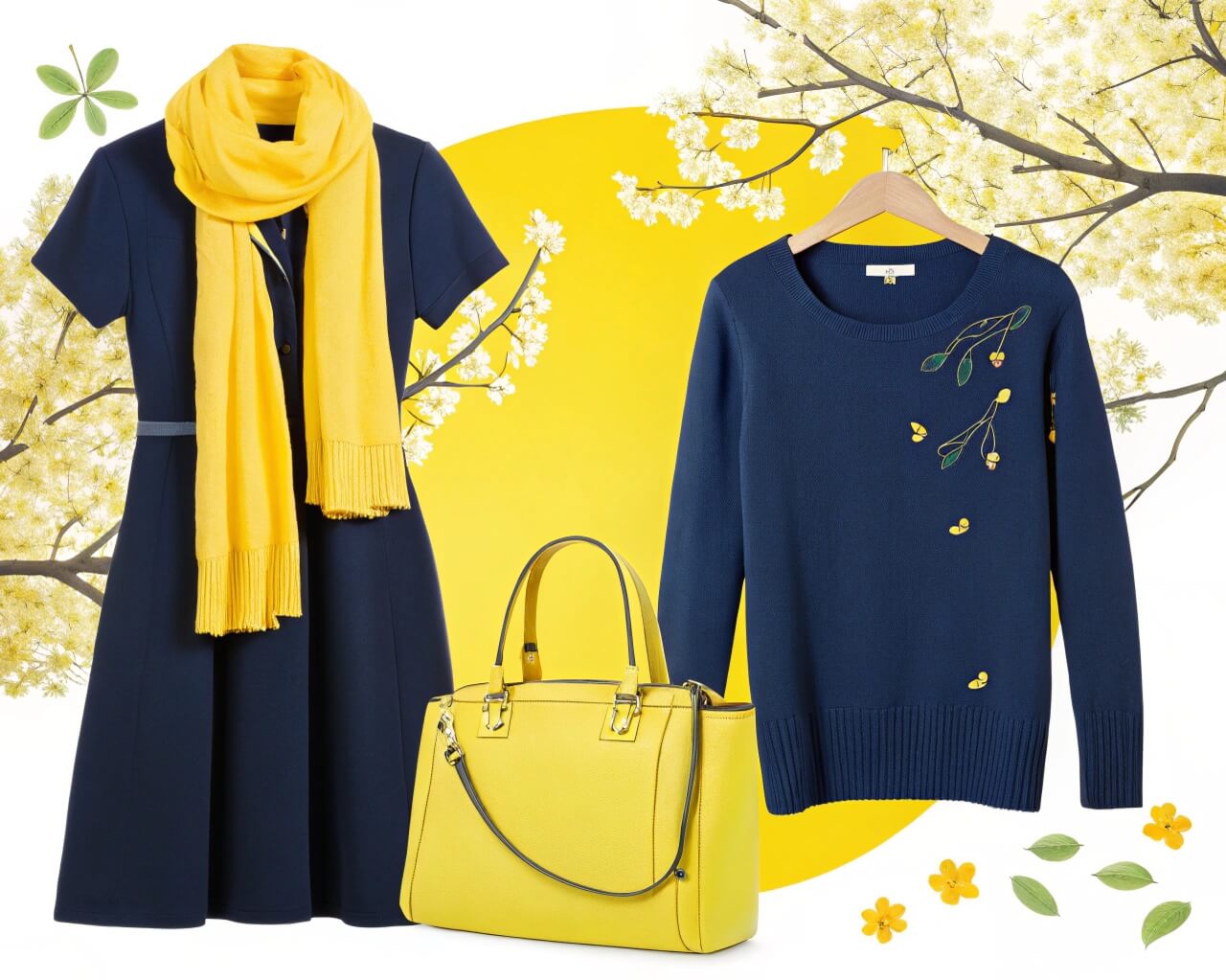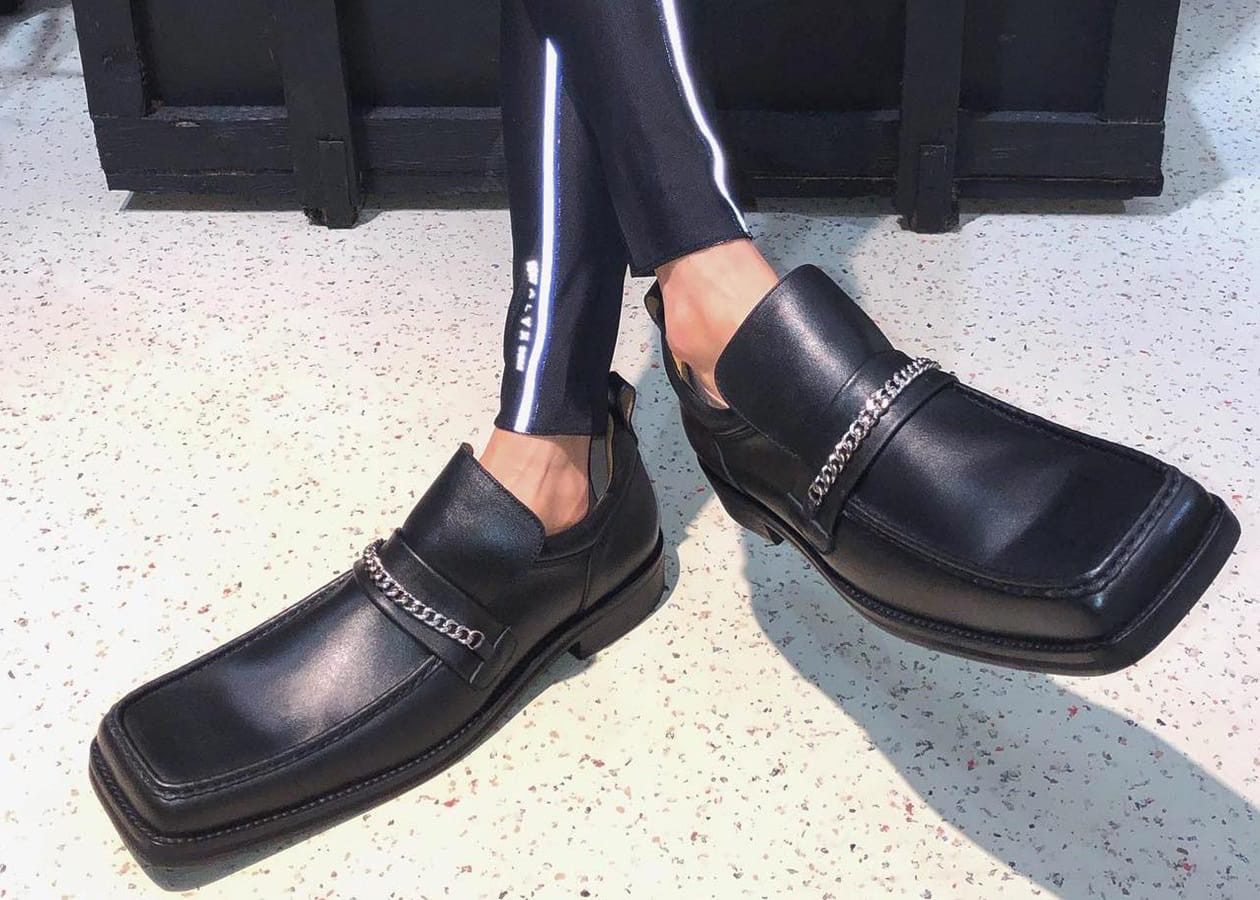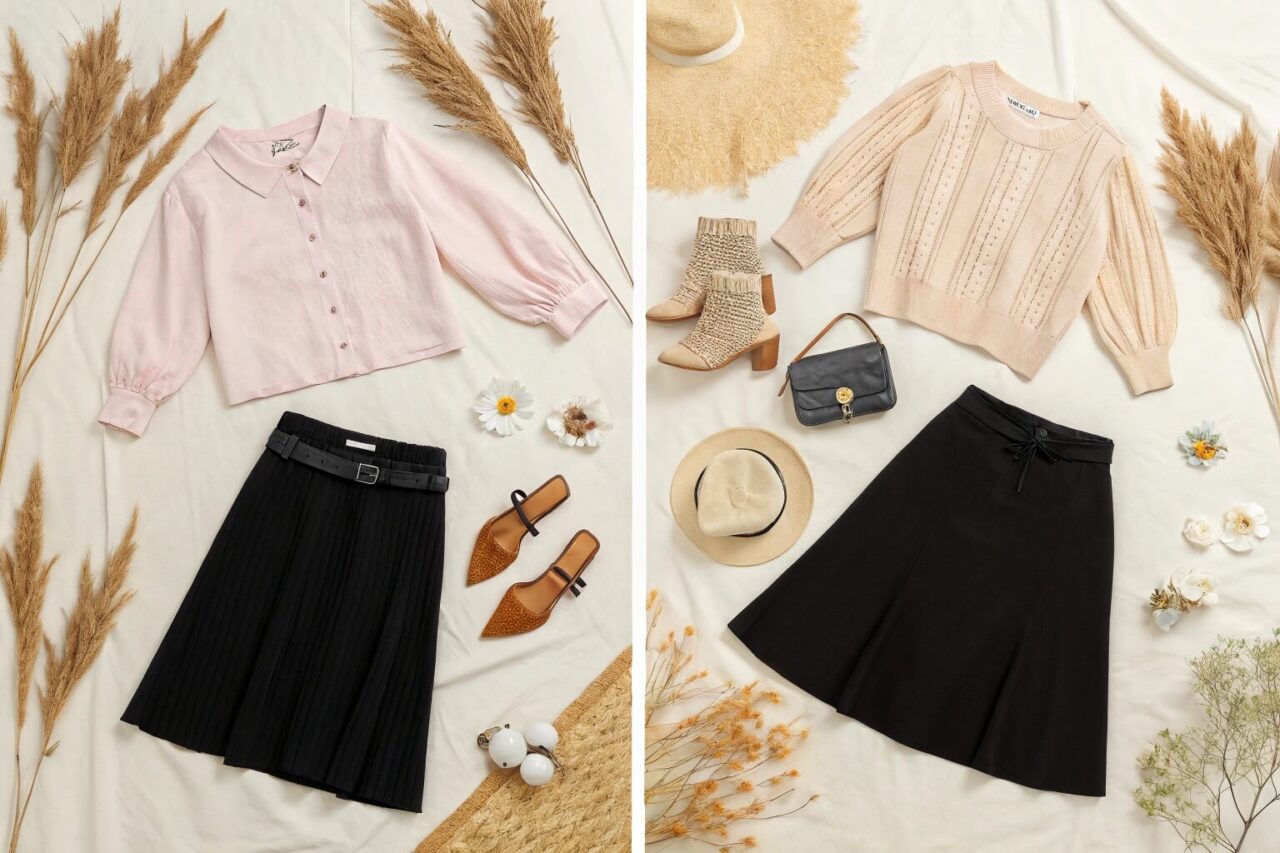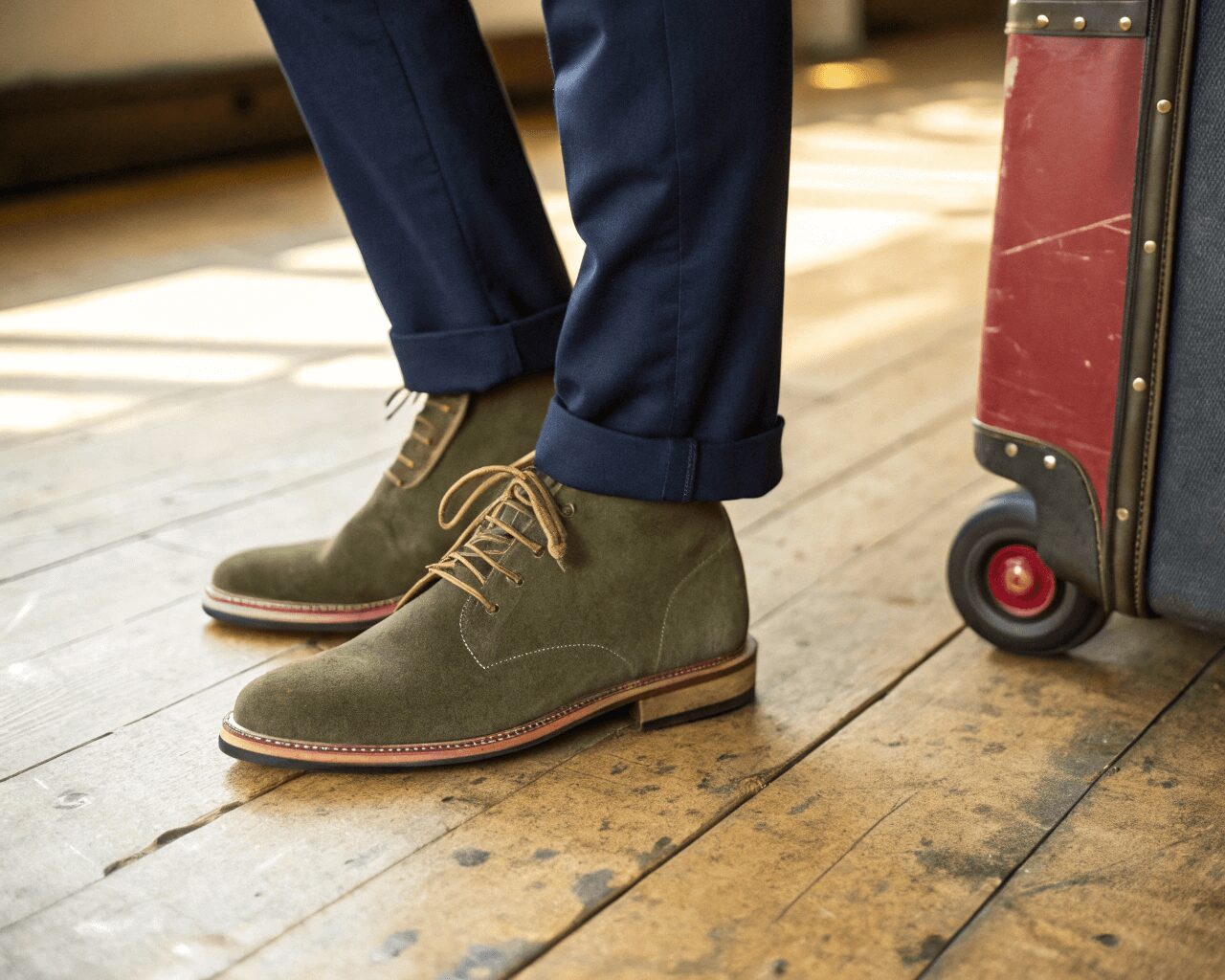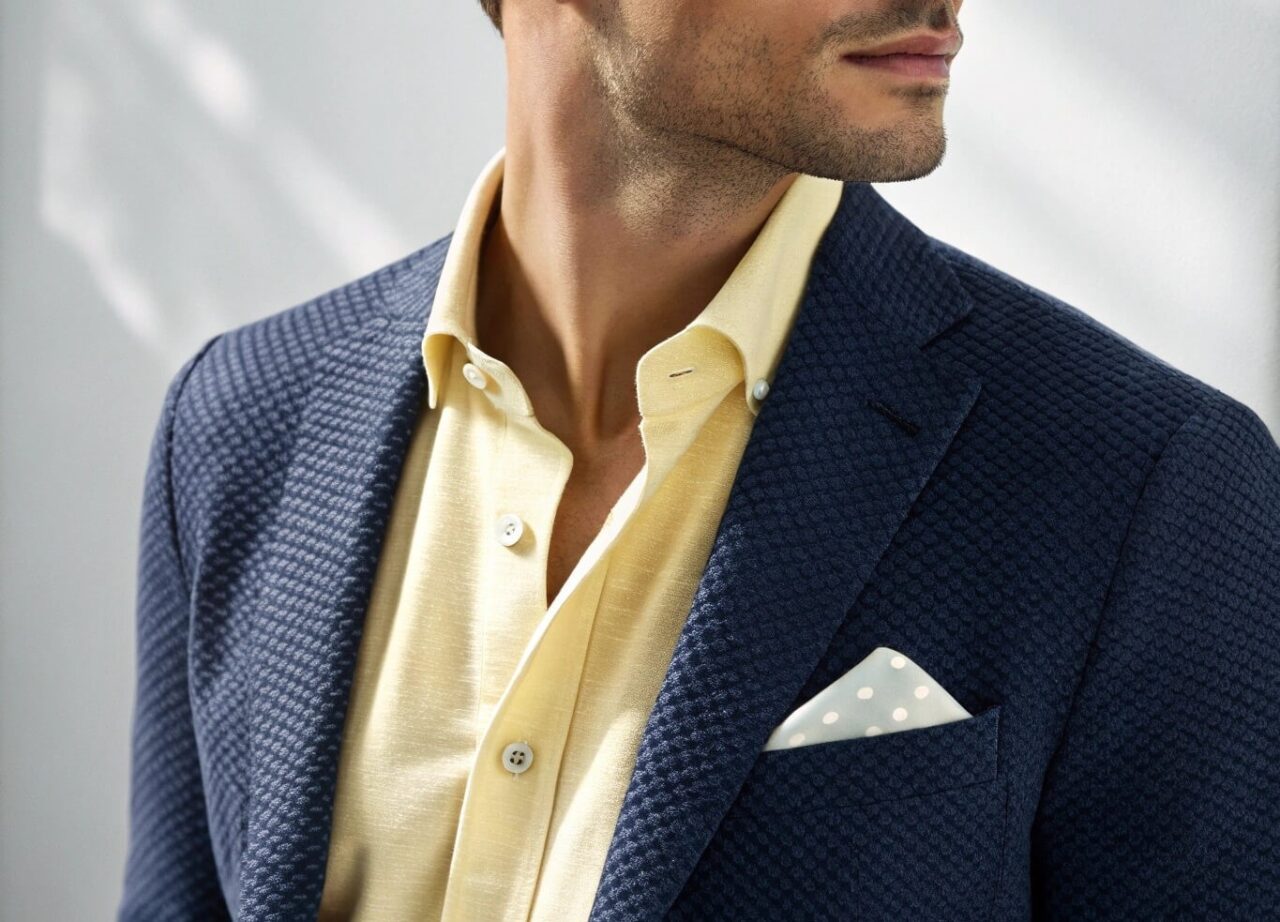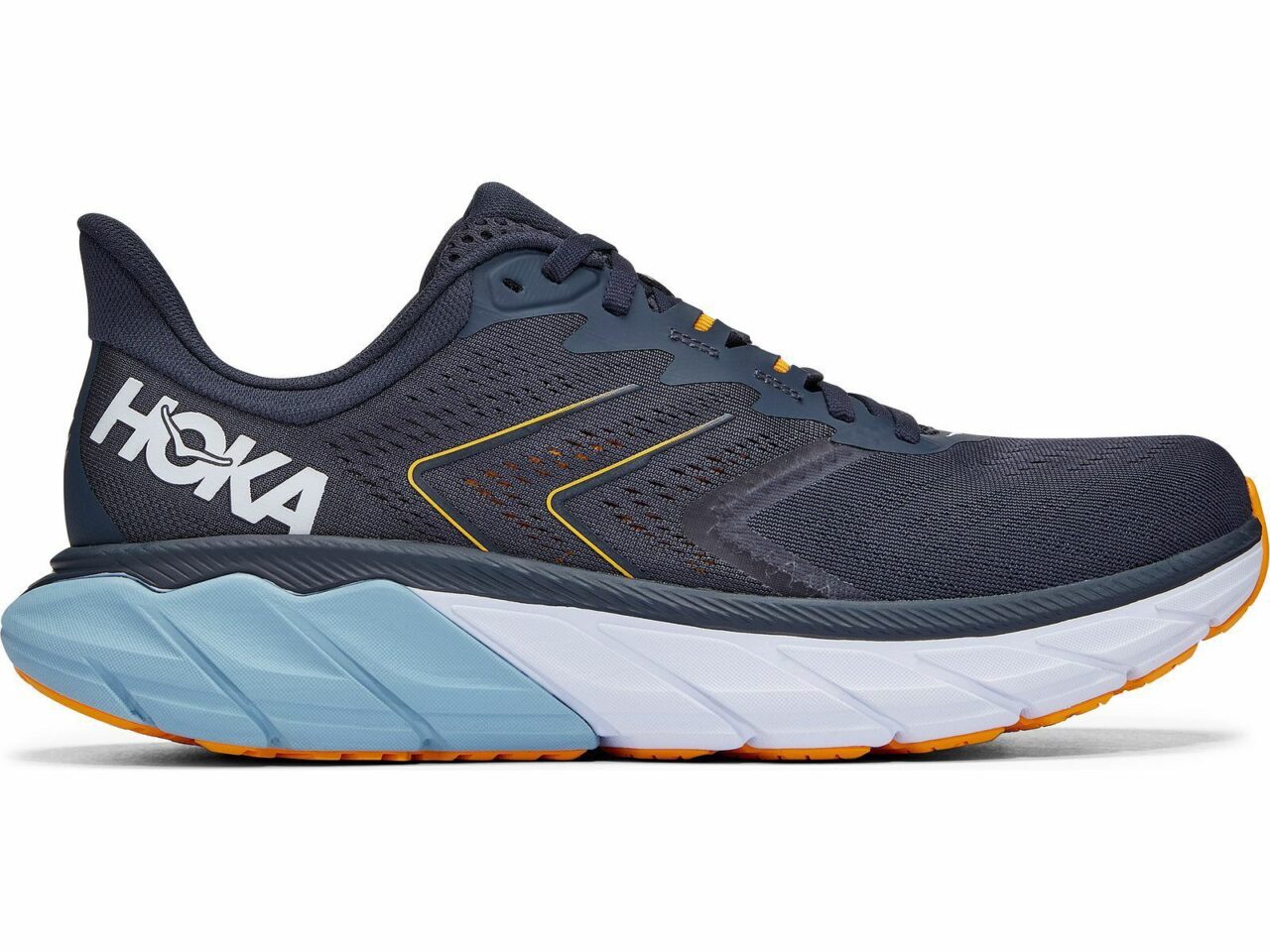
Hoka shoes have taken the walking and running world by storm. Known for their thick, cushioned soles and lightweight design, they offer comfort for long walks, runs, and everyday wear.
People who walk long distances, nurses, and runners swear by Hoka shoes. Some say they reduce foot pain, while others love the bounce they provide.
They are everywhere now. People on the street wear them. Folks at the park have them on their feet. Even your neighbor might be sporting a pair.
These are often Hoka shoes. They have become quite popular. But what exactly are Hoka shoes? What makes people choose them? Are they really that good?
What makes Hoka sneakers so great? Is there a difference between Hoka walking shoes and running shoes? Where are Hoka shoes made? And why are Hoka shoes so expensive?
What Makes Hoka Shoes Special?
What makes Hoka shoes stand out? It often comes down to their design. You see it first: that thick midsole. It looks different from most other shoes. This is not just for looks. It serves a purpose.
Hoka shoes stand out because of their unique design. Most shoes have thin soles, but Hoka uses extra-thick cushioning without adding weight.
They also focus on meta-rocker technology, which helps your foot roll naturally when walking. This reduces strain on knees and hips. Many users report less foot fatigue compared to other brands.
Hoka shoes are designed with more cushioning than traditional athletic shoes. This extra cushioning can help absorb the impact when your feet hit the ground.
For walkers, this can mean less stress on your joints, like your ankles, knees, and hips.
But it’s not just about being soft. Hoka also designs its shoes to be stable. You might think a thick sole would make you feel unsteady.
However, many Hoka shoes have features like a wider base or what they call an “Active Foot Frame.” This cradles your foot and helps keep it secure.
Think of it like sitting in a bucket seat in a car. It holds you in place. This stability is essential for walkers, as it helps prevent your foot from rolling too much as you move.
The combination of cushioning and stability is a key part of what makes Hoka shoes feel unique. People often say they feel a difference as soon as they put them on. It’s a softer, more supported ride.
The Best Hoka Walking Shoes: Tested for Your Comfort
After testing, these stood out:
1. Hoka Bondi 8 – Best for Maximum Cushioning
- Thickest sole for shock absorption.
- Ideal for nurses, walkers, and individuals experiencing joint pain.
The Bondi 8 has the thickest sole in our test group. This shoe gives your feet the most cushioning possible. People with heel pain, knee problems, or those who work on hard floors love this shoe.
Walking on concrete feels like walking on thick carpet. The extra cushioning reduces impact on joints. The shoe stays comfortable during 8+ hour work shifts.
The thick sole makes the shoe heavy. Some people feel less connected to the ground, which can affect balance on uneven surfaces.
Best for: People with joint pain, long work shifts, and maximum comfort needs
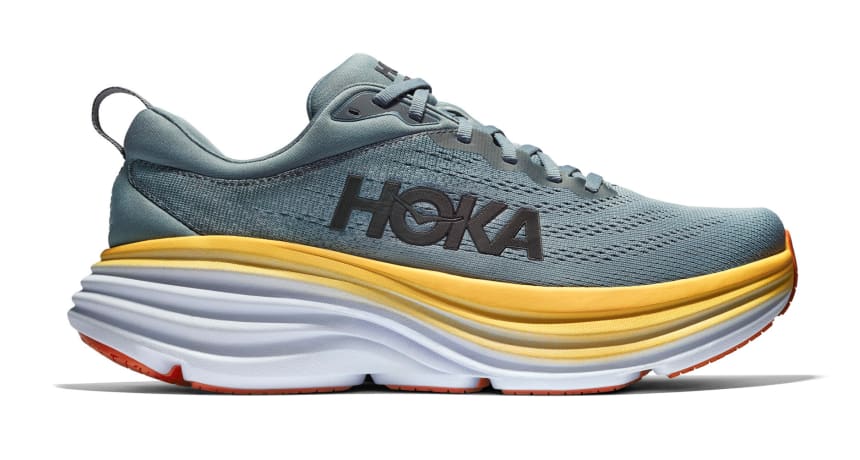
2. Hoka Clifton 9 – Best Lightweight Walking Shoe
- Lighter than the Bondi but still supportive.
- Suitable for speed walkers and casual use.
The Clifton 9 wins for everyday walking. It has thick cushioning but weighs less than other Hoka shoes. The foam feels soft but bounces back quickly when you step on it. This shoe is ideal for individuals who walk 2-6 miles daily on sidewalks and paved paths.
The shoe feels comfortable right out of the box. No break-in period needed. The upper part breathes well, so your feet stay cool—the sole grips well on wet surfaces.
The toe area runs narrow. People with wide feet might need to size up or choose a different model.
Best for: Daily walking, casual wear, people with normal to narrow feet
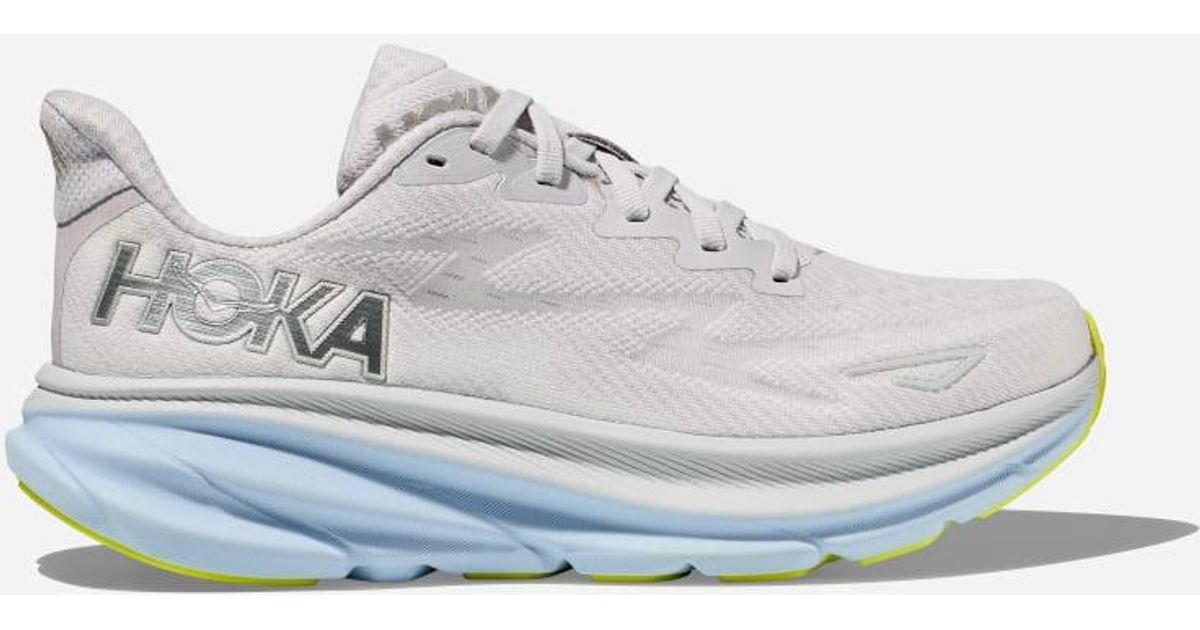
3. Hoka Arahi 7 – Best for Stability
- Helps with overpronation (when feet roll inward).
- Firm support without feeling stiff.
The Arahi 7 combines Hoka’s cushioning with extra support for people whose feet roll inward when walking. This shoe features a firmer section on the inside edge, guiding your foot through each step.
Provides cushioning without losing stability. Great for people with flat feet or overpronation. The support feels natural, not forced.
The firmer support section makes the shoe feel less soft than other Hoka models. Not ideal for people with high arches.
Best for: Flat feet, overpronation, people who need motion control
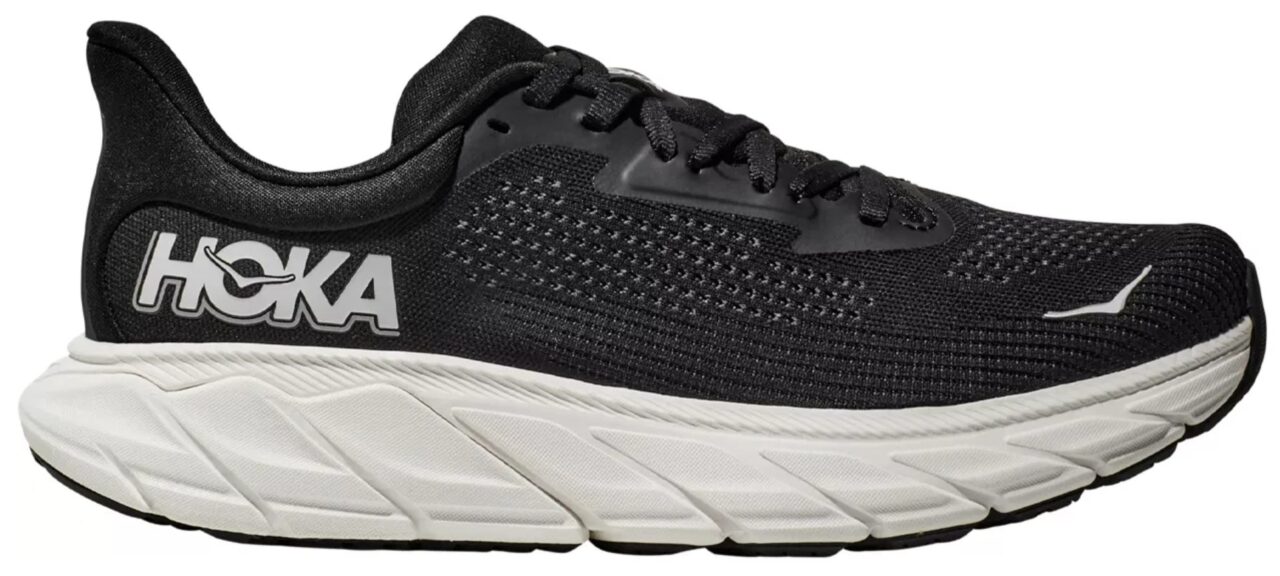
What’s the Difference Between Hoka Walking Shoes and Running Shoes?
What sets Hoka walking shoes apart from their running shoes? While both are designed with cushioning in mind, there are key differences.
Running shoes are often built to be lighter and more flexible. This helps with the forward motion and quicker pace of running. They might also have a more aggressive rocker, which helps propel you forward as you run.
Walking shoes, on the other hand, may prioritize stability and a smoother heel-to-toe transition. They might have more cushioning throughout the entire footbed for all-day comfort.
While some people do walk in Hoka running shoes and run in Hoka walking shoes, the specific designs cater to the different movements and demands of each activity.
Think about the way your foot moves when you walk versus when you run. Walking is generally a lower-impact activity with a more consistent contact with the ground. Running involves more impact and a period where neither foot is on the ground.
Therefore, walking shoes are often designed to provide continuous support and cushioning for that consistent ground contact. In contrast, running shoes might focus on energy return and reducing the impact of each stride.
Where are Hoka Shoes Made?
Hoka is a French brand, but most shoes are made in Vietnam and China. Some premium models are produced in Europe. The company ensures high-quality materials, which partly explains the cost.
Why Are Hoka Shoes So Expensive?
Hoka shoes typically cost $130 to $180, which is more expensive than basic sneakers but similar to other premium athletic shoe brands. Several factors contribute to this higher price point.
- Advanced cushioning tech – More research goes into their soles.
- Durable materials – They last longer than cheap shoes.
- Specialized designs – Walking and running models are engineered differently.
Are they worth it?
Hoka shoes deliver on their promises for most people. The thick cushioning, curved sole design, and quality construction create a walking experience that feels noticeably different from regular sneakers. So, if you walk or run daily, yes, it is worth it. If you need casual shoes, maybe not.
Hoka shoes are not just a trend. For many, they are a practical solution for comfort and support. Whether you walk for fitness, work on your feet all day, or want a shoe that feels great, a Hoka model might be right for you.
They aim to reduce impact and provide a smooth, cushioned ride, no matter how far you go. When you put on a pair of Hoka shoes, you often feel the difference right away.
It’s an investment in your comfort and well-being. So, if you are looking for shoes that prioritize cushioning and support, Hoka is undoubtedly a brand to consider.


